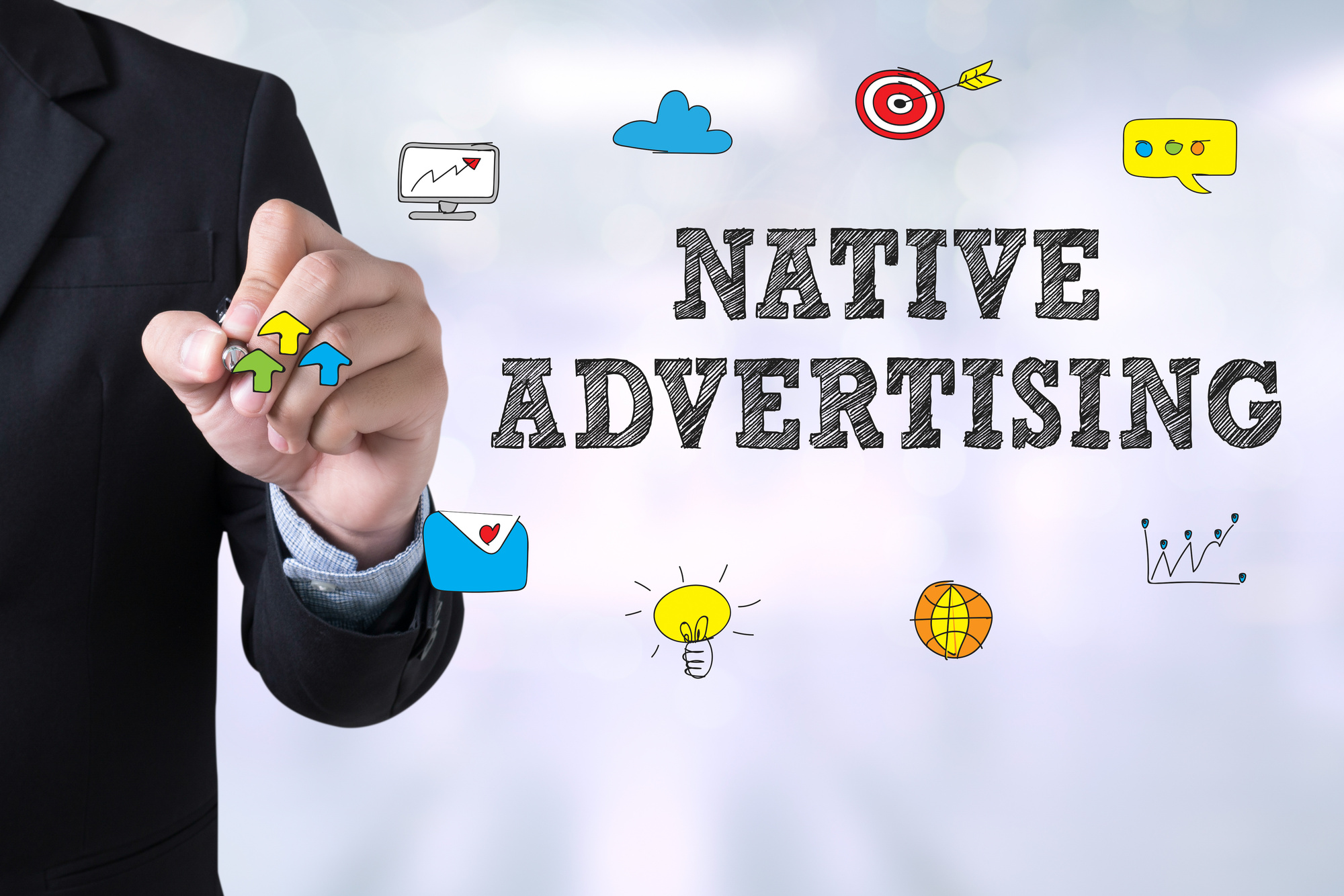What Is Native Advertising?
Did you know that only around 0.78% of people ever bother to click on to the second page of Google? This simple statistic shows how important it is to rank well on Google and other search engines. Fortunately, there are several ways in which you can increase the success of your website, and one of those methods involves native advertising.
But what is native advertising, you might ask, and what does it have to do with the success of your website? More importantly, how does this type of advertising compare with any other type of advertising that you can use for your website, and how effective is it? Keep reading and learn more about how it works with this native advertising guide.
What Is Native Advertising Compared to Traditional Ads?
Native advertising is more or less what it sounds like. It is a type of ad that is designed to fit into the native environment of your website. This may sound strange if you don’t know much about this type of advertising.
Aren’t all ads designed to fit into a website’s native environment? Not necessarily. If you compare native ads to more traditional ads, you will see an obvious difference in how they look and behave on a website.
For example, consider a traditional pop-up ad. This is one of the oldest types of internet ads around, and they are also famed for being one of the most annoying. As the name suggests, these ads are designed to pop up while someone scrolls through a given website.
While these ads are designed to get a person’s attention and compel them to purchase a good or service, they tend to be so annoying that the person usually just clicks out of the ad. This, of course, is not a very useful ad. More importantly, this ad doesn’t fit in with the native website, no matter what kind of website it may be.
The Details
Instead, a pop-up ad takes a person out of the immersion of the website itself. This is also a problem with banner ads. Banner ads are quite similar, but instead of popping up unexpectedly, they tend to stick around the top or bottom of a website’s borders.
This may not sound very irritating, but it certainly can be, especially if the banner ad is very large and intrusive. Again, this will cause more irritation to the potential customer rather than compel the customer to buy something. Native ads, on the other hand, are completely different.
Instead of being obviously intrusive and desperate, they are instead far more natural. This is because they are designed to fit into the style of the website itself rather than stick out like a sore thumb. Instead of being flashy, loud, and hard to avoid, they look more like they’re a part of the website’s regular content while still performing the functions of a regular ad.
But how effective is this sort of ad exactly, and how does it work?
What You Need to Know About Native Ads
The United States has the largest ad market in the world, and this may not be too surprising considering how prevalent and successful these ads are.
The great thing about native ads is that they are not anywhere near as annoying or frustrating to deal with as traditional ads like pop-ups and banner ads. This is because native ads don’t intrude upon the viewer’s screen space. Instead, they stay in a particular spot on the website so that the viewer doesn’t have to grapple with the ad or close out of it if it happens to be an annoyance.
Just the fact that native ads are not as annoying as other ads already make them much more appealing to anyone who visits your site. In fact, it can sometimes be difficult to realize that a native ad is even an ad. This is because they can disguise themselves in ways that make them look completely natural while still being very captivating.
After all, the same intention of getting people to click is still there, but it is far less flashy and, instead far more refined. This simple difference makes native ads all the more attractive to people who may be wandering your website. You might think that the fact that native ads don’t always look like ads could be a downside, but this is certainly not the case.
While these ads don’t obviously look like typical ads, they are still captivating enough to get people to click. And, of course, once people start to click, you will finally gain success with your ad campaign and your website. These ads are also great for brand awareness without being too obvious.
A Closer Look
Brand awareness is exactly what it sounds like: it is a way in which you can get a large audience of people aware that your brand exists. This may sound like a simple thing to do, but it is very important if you ever want to generate leads and see a huge influx of people coming to your website. After all, if people don’t know that your brand exists, they certainly won’t be able to look it up on the internet.
But if people start to become familiar with your brand’s name as well as your website and what it has to offer, all that will be far more likely to stick in the heads of all those who found out about your site in the first place. Besides brand awareness, native ads are generally more attractive to click on compared to traditional ads.
This is because, besides their appearance, native ads tend to have very captivating texts or prompts that make it more likely for people to click on them. Sometimes, these ads may disguise themselves as other pieces of content, like the beginning of blogs or similar pieces of material. Whatever the case, high-quality native ads are known to be far more effective than any average or traditional ad.
For that reason, if you want to give your content a serious boost, you can always start using native ads and see how they turn out.
Different Types of Native Ads
However, before you start using native ads right away, you should know that there are several different types to consider. While all native ads more or less function to do the same thing, certain types may work in slightly different ways or create slightly different results. For example, one of the most popular types of native ads is in-feed ads.
This means, as the name suggests, these ads would show up in the feed of your website or another kind of website. Putting these ads in the feed of a website makes them look very natural, and it is impossible for viewers to avoid them. As long as they take the time to scroll through their feed, they will come across your ad, and it will be up to them to click on it or not, depending on how catchy the ad is.
This kind of ad is also known as a native display. This type of ad is so effective that it is arguably one of the most popular native ads and ads in general. Another type of native ad is known as a content recommendation.
What to Know
This is yet another type of ad that is known to be very effective and very popular. But why? It differs from in-feed ads because these ads do not appear in a website’s feed but instead at the very end of a website.
You likely have seen these ads plenty of times before. To find one, all you need to do is scroll to the bottom of a popular website, and at the bottom, you will likely find a small section that is filled with related or recommended content. Content recommendation native ads exist there and are ideal if you don’t think that in-feed ads are exactly your style.
These ads promoting recommended content are very attractive to those who liked the original piece of content that they were reading and want to find out more. By using different types of native ads at once, you will find that their results will be successful in no time.
All About Native Advertising
What is native advertising, you might ask? It is arguably one of the most effective ways to advertise out there. This is because native ads don’t look like ads but instead regular pieces of content that still attract the eyes of your viewers.
To learn more about how it works, don’t hesitate to contact us here.


